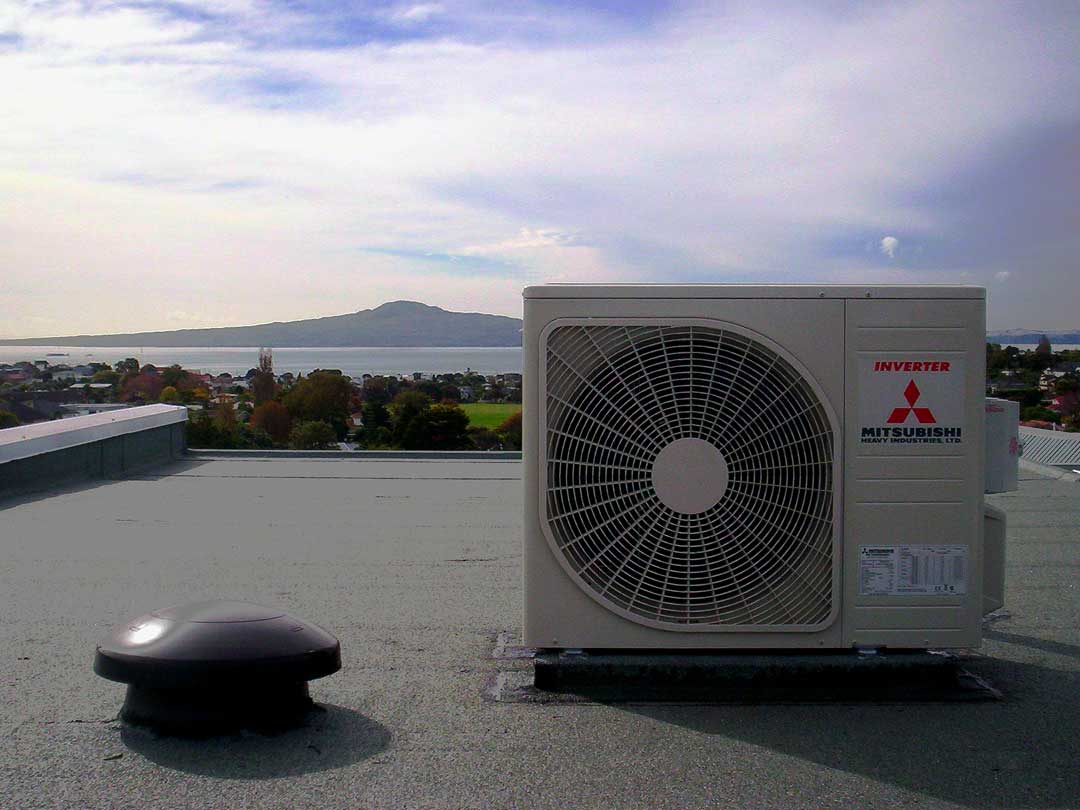Air Conditioner Maintenance Guide
Regular maintenance of air conditioners is a priority in order to make sure that it continues to be efficient and effective throughout its lifespan. Its parts – the filters, coils, and fins, have to be properly cared for, much like any other home appliance. Lack of maintenance can lead to disastrous results, including inadequate air conditioning performance and increasing energy costs.
How to Clean Air Conditioner Filters
Air conditioner filters are essential in optimising the function of your air conditioner. Dirty and obstructed filters prevent normal airflow and significantly decrease the system’s efficiency. When air is not able to pass the filter, it carries dirt into the evaporator, thereby reducing the coil’s capacity to absorb heat. When you replace a clogged or dirty filter, you can lessen your air conditioner’s energy expenditure by about 5 to 15%.
In central air conditioners, the filters are usually located along the return duct. Other common filter locations include furnaces, ceilings, walls, or the air conditioner itself. The filter of room air conditioners is placed on the grill facing the room.
There are two main classes of air filter – reusable and non-reusable. The latter have to be replaced once they become dirty. They have different types and efficiency levels. Cleaning or replacement of filters is recommended every month or every two months when there is a great need for cooling. In settings where there is constant use of air conditioning or there is a significant amount of dust, fur, and other air particles, more frequent filter cleaning may be necessary.
How to Clean Air Conditioner Coils

Throughout the air conditioner’s lifespan, the evaporator and condenser coils of air conditioners accumulate dirt. While a clean filter usually protects the evaporator coil, over the years, the latter will eventually soil as well. When dirt accumulates on the evaporator coil, it acts as an insulator and decreases the latter’s ability to absorb heat. An annual check and cleaning of your evaporator coil is therefore necessary.
Condenser coils placed outdoors are also very prone to dirt accumulation particularly if the environment has a lot of dust or foliage. Dirt and debris should be minimised by reducing exposure of the condenser coil to falling leaves, lawn mowers and dryer vents. Regular cleaning of the nearby area and clearing at least 0.6 metres of foliage around the condenser helps decrease dirt exposure and improve adequate condenser airflow.
Maintaining Air Conditioner Coil Fins
The condenser and evaporator coils have aluminium fins that are easily bent, which could lead to blocked airflow. A tool named a “fin comb” can undo bent fins and restore them to near-mint condition.
Clearing Condensate Drain Channels
Clogged drain channels can reduce humidity reduction. The usual manifestation is excess moisture that may result in carpet or wall discolouration. To prevent this, occasionally check your air conditioner’s drain channels by passing a stiff wire through the drain channel.
Check Your Window Seals
Window seals, located between the window frame and the air conditioning unit, should be checked for leaks at the start of the cooling season. These seals can be damaged by moisture and lead to decreased indoor cooling and increased energy consumption.
Prepare for Winter
Since there is no need for air cooling during winter, your air conditioning unit should be protected appropriately or stored. You can either cover them or remove and store them. The outdoor section of a central air conditioner should be covered to protect it from rain, snow, or debris.
Hire a Professional
If you deem your air conditioner in need of technical expertise, do not hesitate to call a professional service technician. This expert can troubleshoot and address any problems you might have with your air conditioning unit. In particular, the technician should be able to perform the following tasks:
1) determine the appropriate amount of refrigerant and detect any refrigerant leaks
2) capture and store any excess refrigerant
3) identify and seal leakage from central system ducts
4) determine airflow through the evaporator coil
5) ensure the right electric control sequence
6) check and ensure the safety of electric terminals
7) check oil motors and belts
8) ensure the accuracy of the thermostat.
